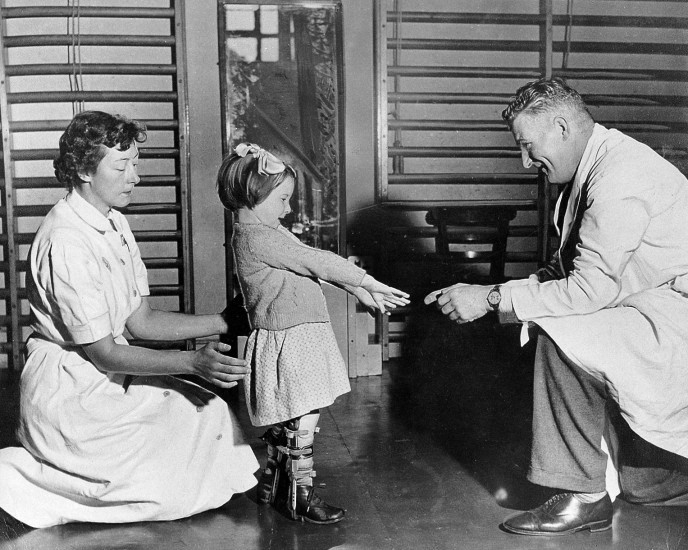Exploring the Evolution of Physiotherapy: A Journey Through History
Tracing the Origins and Development of a Vital Healthcare Discipline
Physiotherapy, often regarded as a cornerstone of modern rehabilitation, has a rich and storied history dating back to ancient civilizations. Originating from the Greek word “physis” meaning nature and “therapeia” meaning healing, physiotherapy has evolved over centuries to become a comprehensive healthcare discipline encompassing a wide range of therapeutic interventions.
Historically, the roots of physiotherapy can be traced back to ancient civilizations such as Egypt, China, and Greece, where various forms of manual therapy, exercise, and hydrotherapy were used to treat musculoskeletal injuries and promote healing. However, it wasn’t until the late 19th century that physiotherapy began to emerge as a distinct profession.
One of the key figures in the development of modern physiotherapy was Henrik Ling, a Swedish gymnastics instructor who founded the Royal Central Institute of Gymnastics (RCIG) in Stockholm in 1813. Ling’s system of medical gymnastics, which emphasized therapeutic exercise and manual techniques, laid the foundation for many of the principles and techniques used in contemporary physiotherapy practice.
Another pivotal figure in the history of physiotherapy was Sister Elizabeth Kenny, an Australian nurse who revolutionized the treatment of polio patients in the 20th century. Kenny’s innovative approach, known as the “Kenny Method,” involved the application of hot packs and passive movements to affected muscles, challenging the prevailing orthodoxy of immobilization and bed rest.
Throughout the 20th century, physiotherapy continued to evolve and expand, with advancements in technology, research, and education driving the profession forward. Today, physiotherapists play a crucial role in the management of a wide range of conditions, from musculoskeletal injuries and neurological disorders to cardiopulmonary diseases and chronic pain.
In conclusion, the history of physiotherapy is a testament to the enduring quest for healing and rehabilitation throughout the ages. From ancient civilizations to modern healthcare systems, physiotherapy has continuously adapted and innovated to meet the changing needs of society. As we look to the future, the legacy of physiotherapy serves as a reminder of the power of human ingenuity and compassion in the pursuit of health and wellness.
References:
- “A History of Physiotherapy.” Physiopedia. physio-pedia.com/A_History_of_Physiotherapy.
- Nichols, A. W. (2005). A History of Physiotherapy. Journal of the Australian Traditional-Medicine Society, 11(4), 195–197.
- Smith, R. (2016). Sister Elizabeth Kenny and the Treatment of Polio. Australian and New Zealand Journal of Surgery, 86(12), 964–965







